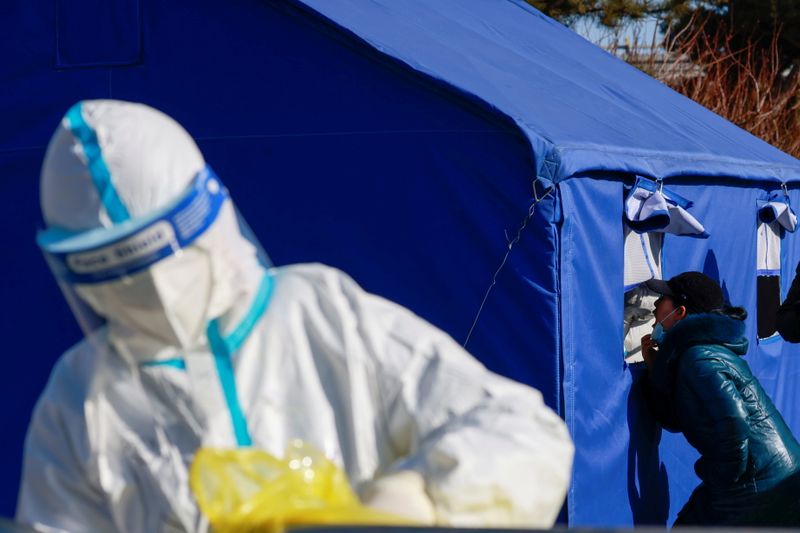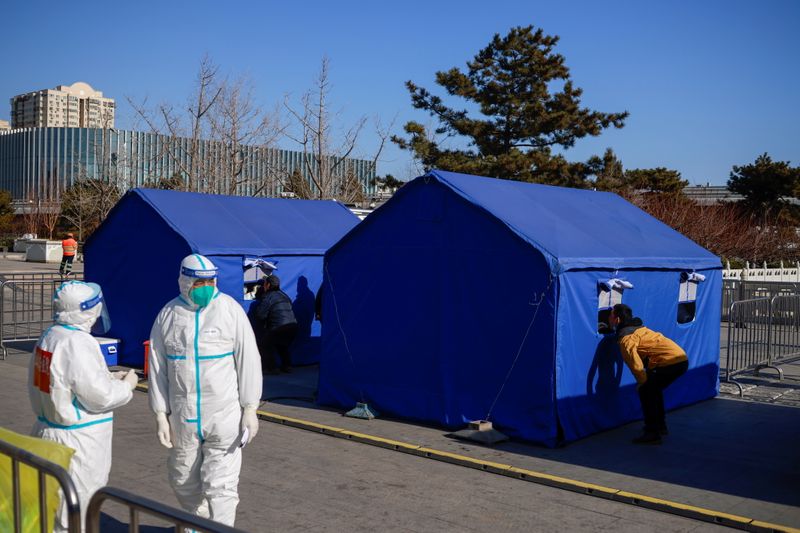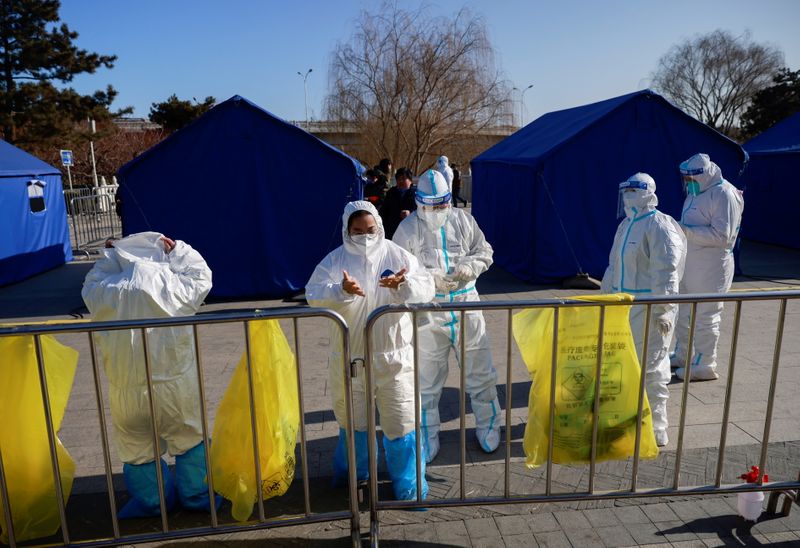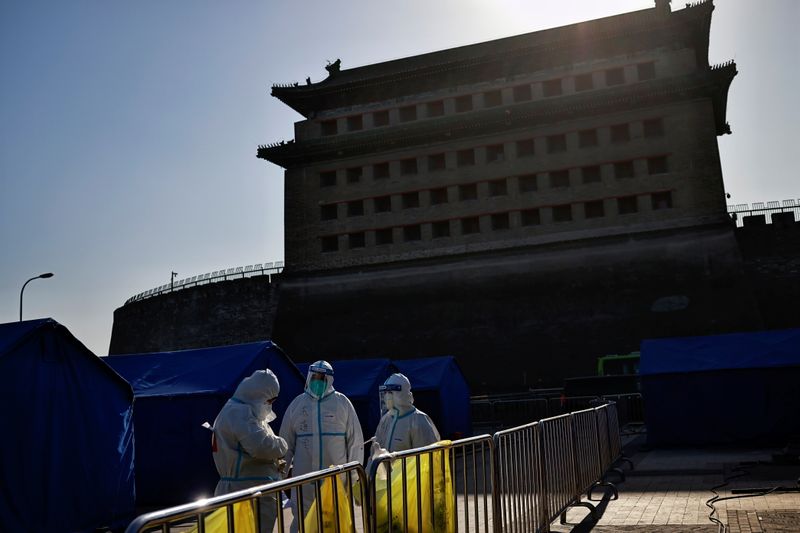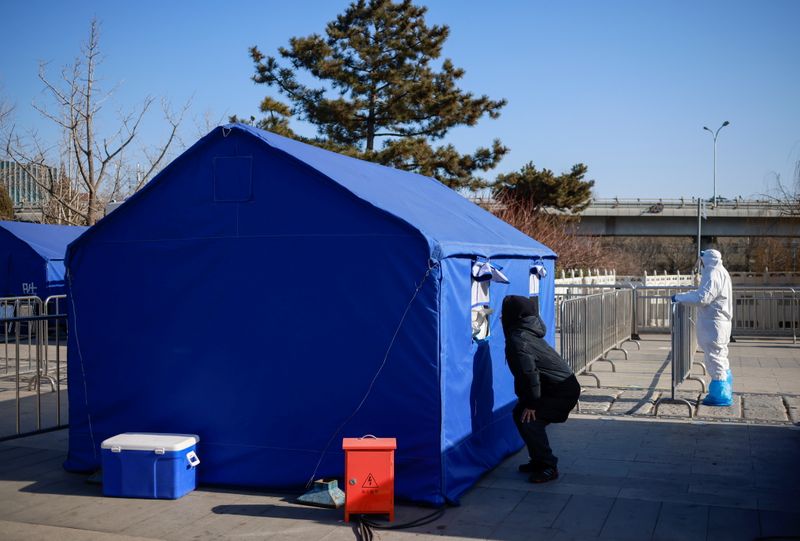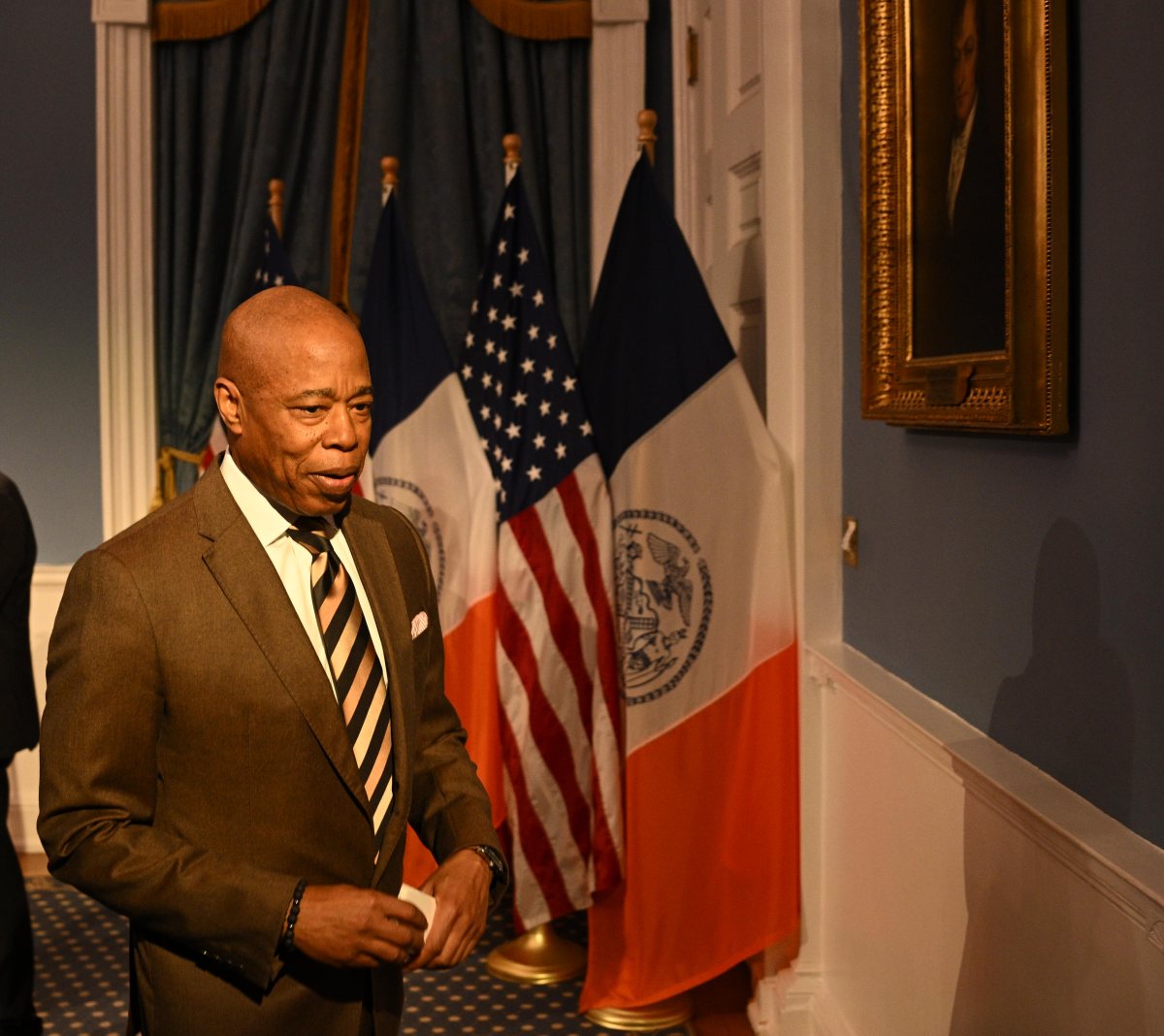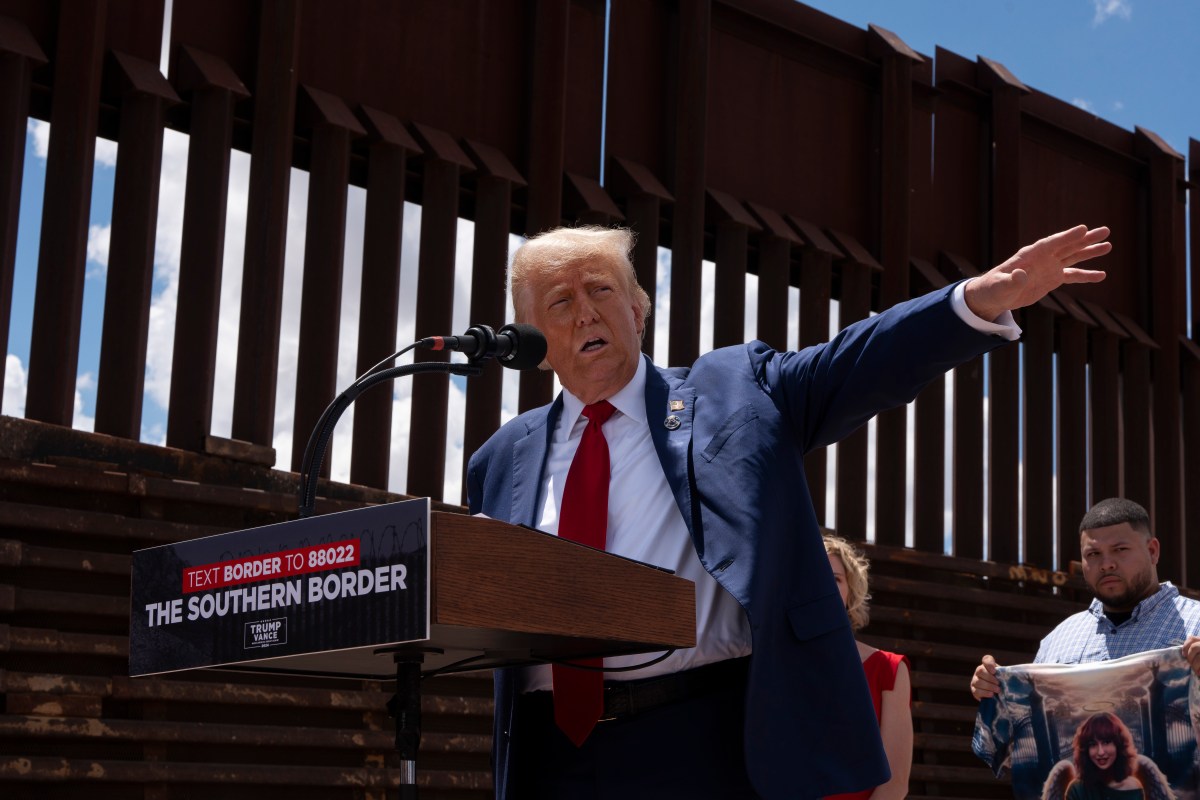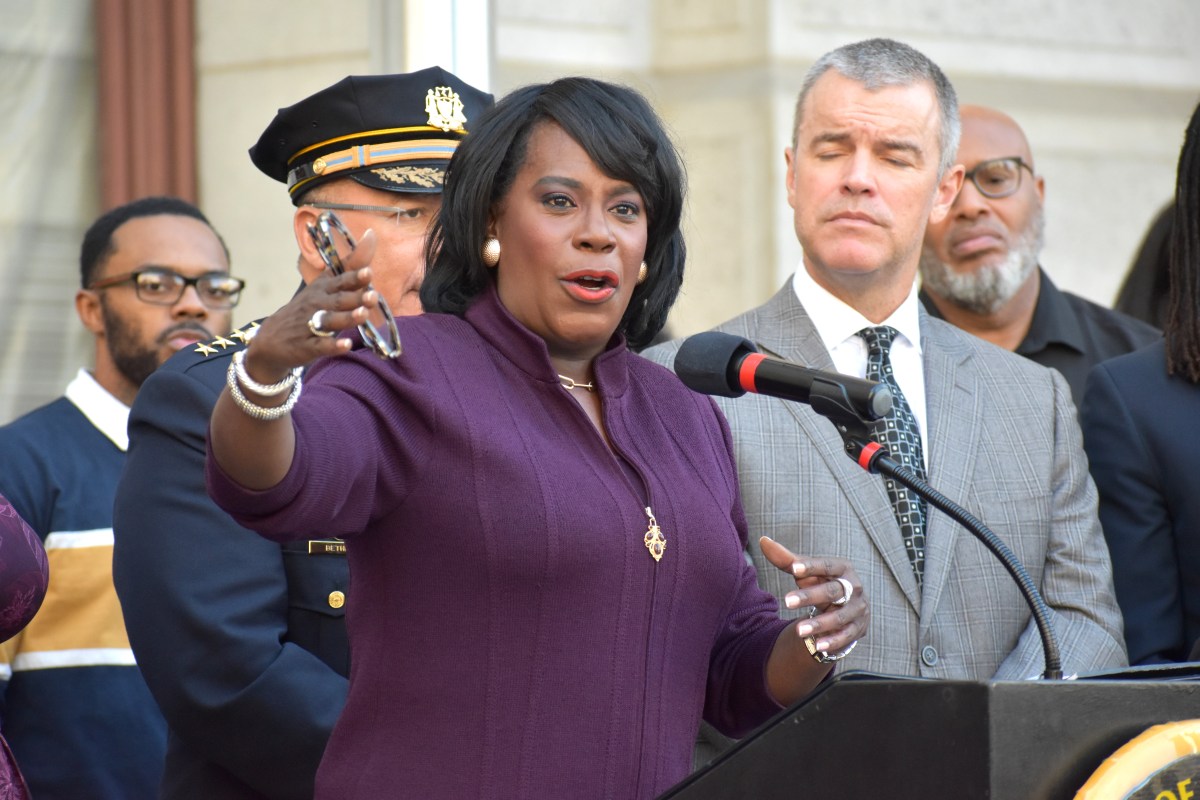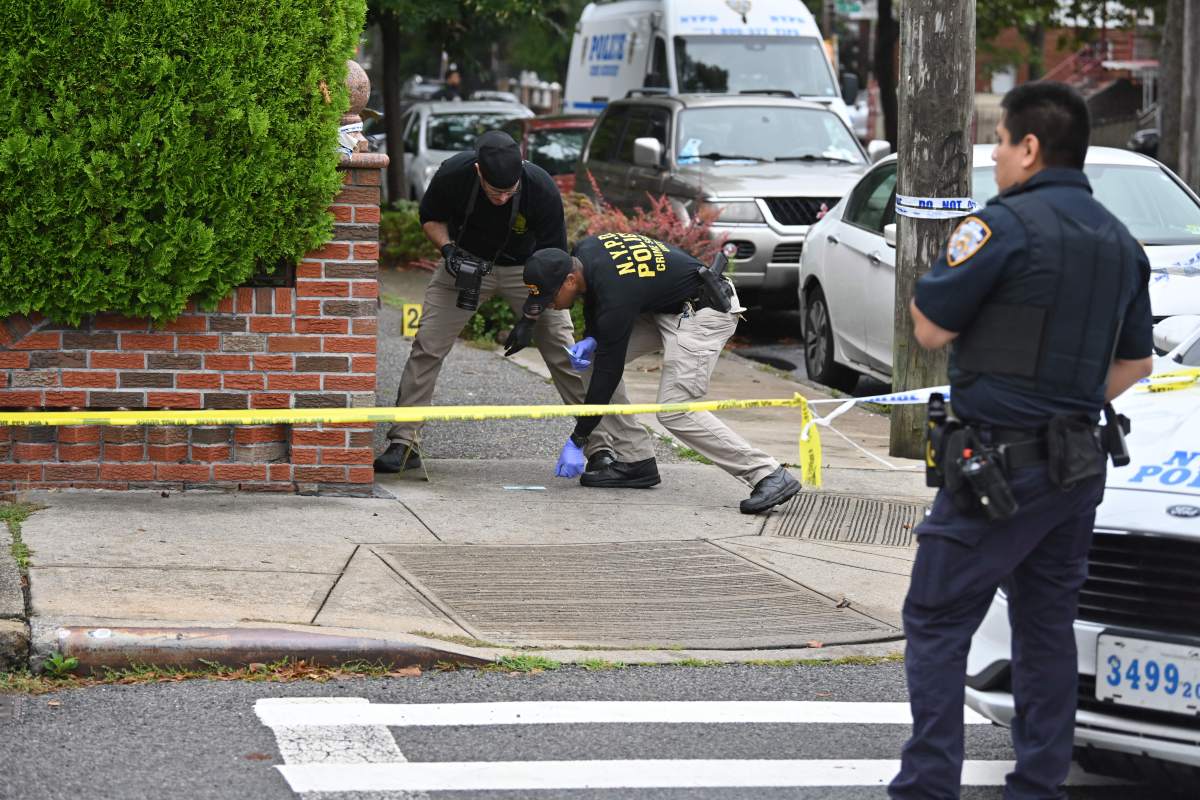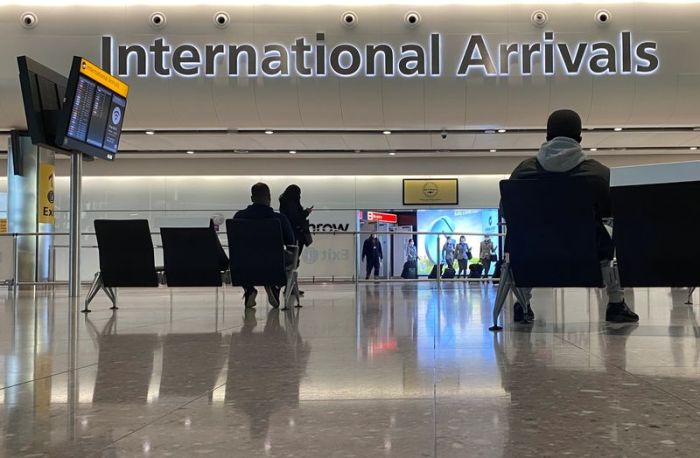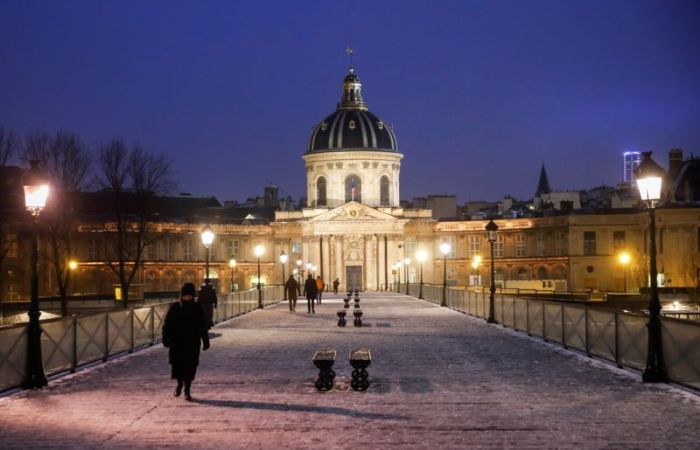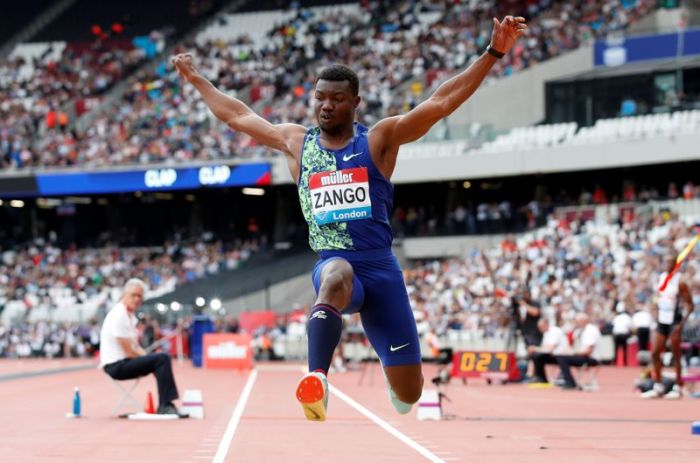BEIJING/SHANGHAI (Reuters) – China reported more than 100 new COVID-19 cases for the sixth consecutive day, with rising infections in the northeast fuelling concern of another wave when hundreds of millions of people travel for the Lunar New Year holiday.
Tough new controls in the city of Gongzhuling in Jilin province, which has a population of about 1 million people, brings the total number of people under lockdown to more than 29 million.
According to the Global Times newspaper, at least 11 regions in the provinces of Hebei, Heilongjiang and Jilin have imposed lockdowns and introduced extensive testing programmes.
The National Health Commission reported 109 new COVID-19 cases for Sunday, unchanged from the day earlier. Of the 93 local infections, 54 were in Hebei, which surrounds Beijing.
Hebei authorities vowed to punish lockdown violations, including the illegal staging of weddings or funerals, the Xinhua news agency said.
Northeastern Jilin province also reported a record 30 new cases, underscoring the risk of new clusters emerging.
China has two domestically produced COVID-19 vaccines and more in trials. Its vaccination programme started in July for emergency use and more than 10 million doses have been given.
Daily increases in infections remain a fraction of what China saw at the height of the outbreak in early 2020, but officials are concerned infections could spread rapidly during the Lunar New Year holiday in less than a month.
Despite travel restrictions, the China Railway Corporation expects about 296 million passenger trips during the Lunar New Year break, compared with 410 million in 2019.
‘MOVE LESS’
Shanghai is one of many cities providing financial incentives for migrant workers not to travel home.
The manufacturing hub of Yiwu on the east coast, is also introducing subsidies, including rent reductions, to encourage workers to stay put during the holiday. Tianjin, home to 15 million people, said employees would get a one-off payment of 300 yuan ($46.20) if they stay in the city.
Cainiao, the delivery arm of Alibaba, also said it would provide more than 200 million yuan in subsidies to ensure that “people move less, goods move more” during the holiday.
Statistics bureau chief Ning Jizhe said the overall economic impact of the COVID-19 resurgence remained controllable.
But though Xinhua warned local governments not to “cry wolf”, many have been introducing new curbs.
Beijing, which reported two new local infections, now requires travellers from abroad to undergo health monitoring for seven additional days following 21 days of medical observation.
The city of Gongzhuling said it was “strictly forbidden” for anyone to go out unless they are scheduled for a COVID-19 test at a designated site.
The Jilin outbreak was caused by an infected salesman travelling to and from the neighbouring province of Heilongjiang, the site of a previous cluster of infections.
Xinhua said the new clusters were caused by social activities in rural areas and a lack of awareness at the grassroots level, creating “hotbeds” for rapid spread.
The total number of confirmed COVID-19 cases in mainland China is 89,336, while the death toll remained unchanged at 4,635. The data excludes cases from Macau and Hong Kong, which are Chinese cities but report new cases independently, and self-ruled Taiwan which China claims as its own.
World Health Organization (WHO) representatives said on Friday that its investigation team in China has begun discussions with counterparts there via video conference as they remain in quarantine.
($1 = 6.4941 yuan)
(Reporting by Beijing and Shanghai newsrooms; additional reporting by Stephanie Nebehay in Geneva; Writing by Se Young Lee and David Stanway; Editing by Christian Schmollinger, Michael Perry and Raju Gopalakrishnan)

